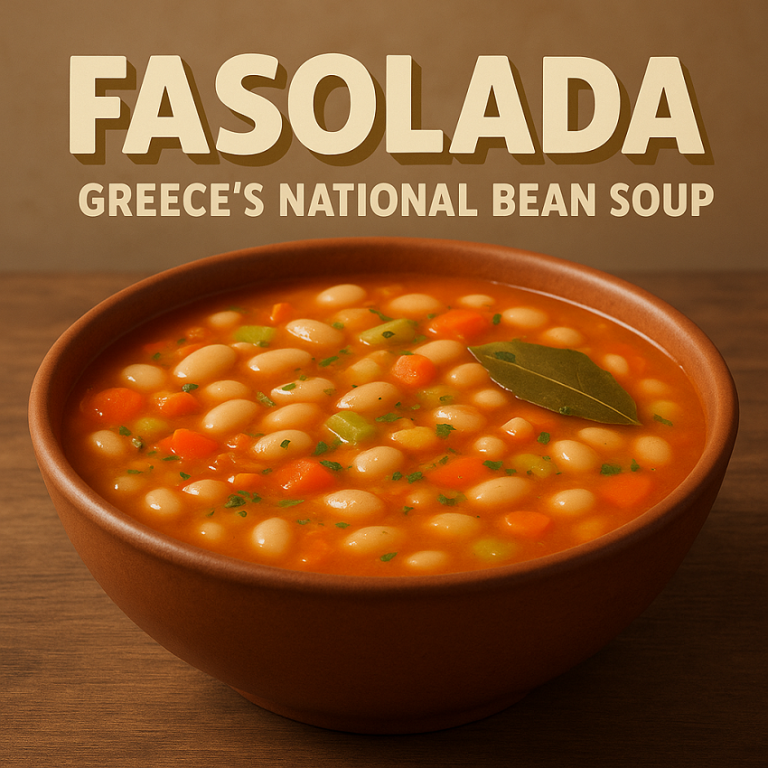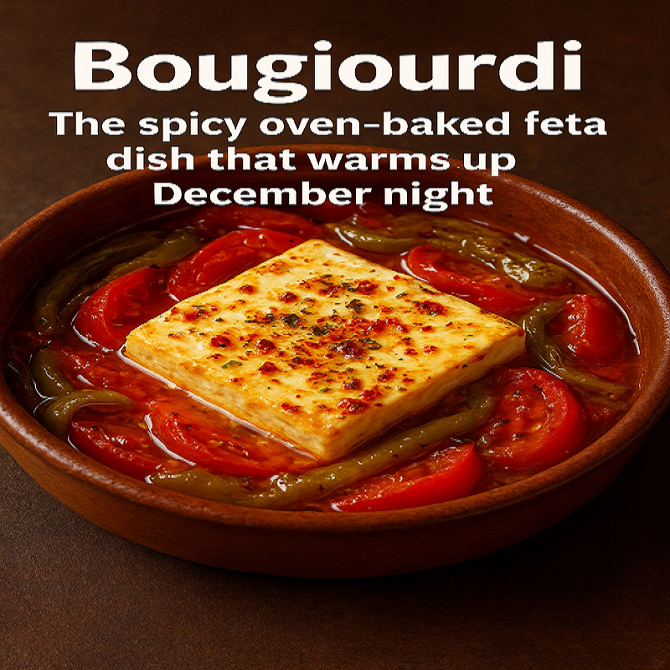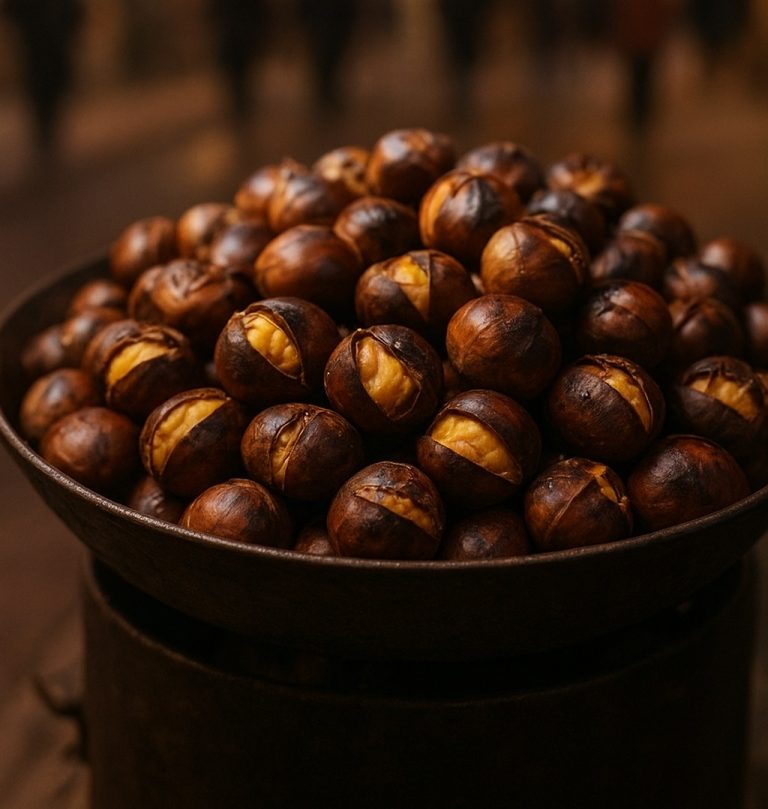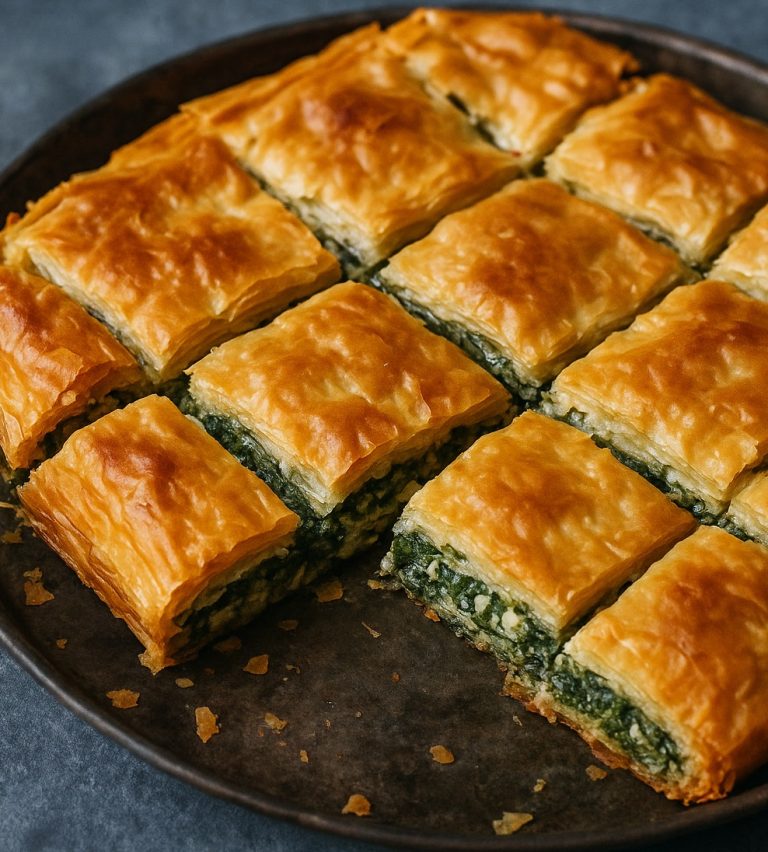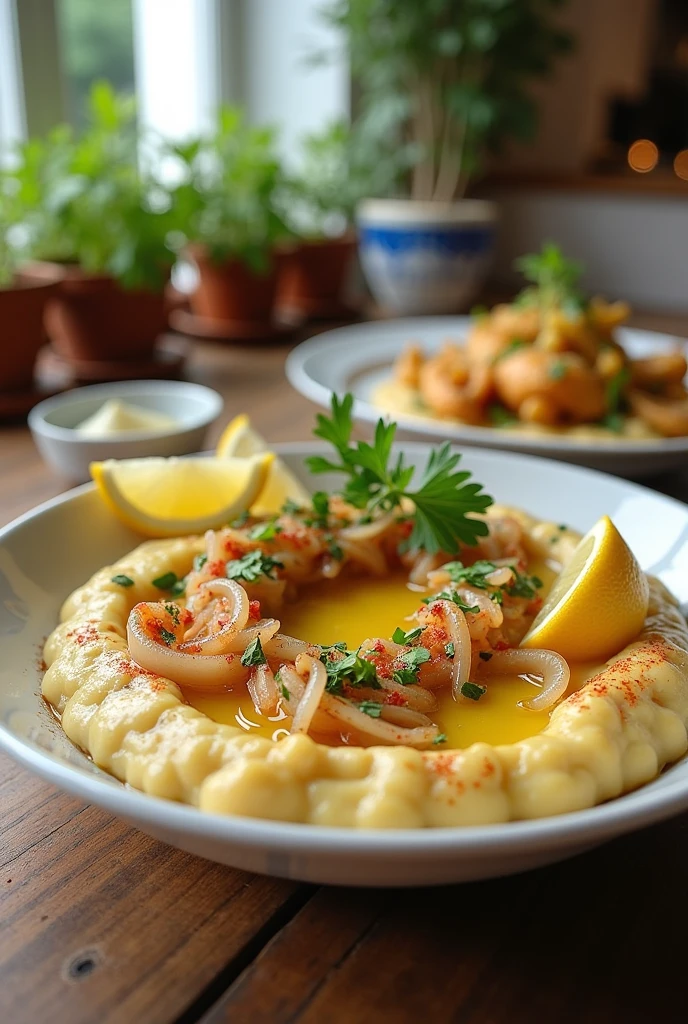
Greek fava, often confused with fava beans, refers specifically to yellow split peas (Lathyrus clymenum) and is a cherished ingredient in Greek cuisine. This nutritious legume has a rich history, unique flavor, and versatility that make it a staple in many households. Let’s delve deeper into what Greek fava is, its culinary uses, nutritional value, health benefits, and how to prepare it.
What Is Greek Fava?
Greek fava is derived from yellow split peas, which are dried and hulled to reveal the bright yellow inner seed. Unlike green fava beans, which are larger and have a distinct texture, Greek fava has a creamy, smooth consistency when cooked. It has been a staple in Greek cooking for centuries, particularly in the Cycladic islands, where it is often featured in traditional dishes.
Greek fava is not only delicious but also has cultural significance. It is commonly served during festive occasions and gatherings, symbolizing abundance and nourishment. The dish is often prepared with high-quality Greek olive oil and fresh ingredients, reflecting the Mediterranean diet’s emphasis on simplicity and flavor.
Culinary Uses
Greek fava is incredibly versatile and can be used in a variety of dishes. Here are some popular culinary applications:
1. Fava Dip
The most famous way to enjoy Greek fava is as a dip. To prepare, cook the yellow split peas until tender, then blend them with olive oil, lemon juice, garlic, and salt. The result is a smooth, creamy spread that pairs wonderfully with warm pita bread, crackers, or fresh vegetables. This dip is often served as part of a meze platter alongside other Greek appetizers like tzatziki and melitzanosalata.
2. Soups and Stews
Greek fava can be added to soups and stews, enhancing both flavor and nutrition. Its creamy texture makes it an excellent base for hearty soups. Consider preparing a traditional Greek lentil soup, adding fava for extra depth and creaminess.
3. Salads
Incorporate cooked fava into salads for a protein boost. It pairs beautifully with fresh vegetables, herbs, and a light vinaigrette. A Mediterranean salad with fava, cucumbers, tomatoes, olives, and feta cheese makes for a refreshing and satisfying meal.
4. Pasta Dishes
Fava can also be used in pasta dishes, adding a unique flavor and creamy texture. Toss cooked fava with olive oil, garlic, sautéed greens, and your choice of pasta for a simple yet satisfying meal.
5. Stuffed Vegetables
Use cooked fava as a filling for stuffed vegetables, such as peppers or tomatoes. Combine it with rice, herbs, and spices for a delicious vegetarian option that showcases the flavors of Greek cuisine.
6. Fava Bean Patties
Create crispy fava bean patties by mashing cooked fava and mixing it with breadcrumbs, herbs, and spices. These can be pan-fried or baked for a nutritious snack or appetizer. Serve them with a yogurt-based sauce for added flavor.
7. Casseroles and Bakes
Fava can be added to casseroles or baked dishes for a hearty meal. Consider layering it in a vegetable bake with cheese and herbs, creating a comforting dish that highlights the ingredient’s creamy texture.
Nutritional Value
Greek fava is not only delicious but also packed with nutrition. It offers several health benefits, including:
- Protein: Greek fava is a rich source of plant-based protein, making it an excellent option for vegetarians and vegans. A one-cup serving provides about 13 grams of protein.
- Fiber: High in dietary fiber, it promotes digestive health and helps regulate blood sugar levels. With about 8 grams of fiber per cup, Greek fava contributes to a feeling of fullness.
- Vitamins and Minerals: Greek fava is a good source of essential nutrients such as folate, iron, magnesium, and potassium. Folate is particularly important for cell division and is essential during pregnancy.
- Low in Fat: Greek fava is naturally low in fat, making it a heart-healthy option for various diets.
Health Benefits
In addition to its nutritional value, Greek fava offers numerous health benefits:
- Heart Health: The high fiber content can help lower cholesterol levels, reducing the risk of heart disease. The presence of potassium also supports healthy blood pressure levels.
- Weight Management: Greek fava is low in fat and high in protein and fiber, promoting satiety and helping with weight management. Including it in meals can curb cravings and reduce overall calorie intake.
- Blood Sugar Regulation: The fiber and protein in Greek fava can help stabilize blood sugar levels, making it beneficial for individuals with diabetes. Its low glycemic index makes it a smart choice for maintaining energy levels.
- Digestive Health: The fiber content supports healthy digestion by promoting regular bowel movements and preventing constipation.
- Bone Health: Greek fava is a good source of calcium and magnesium, both of which are essential for maintaining strong bones. Regular consumption can contribute to overall bone health.
How to Prepare Greek Fava
Preparing Greek fava is simple and rewarding. Here’s a step-by-step guide to help you get started:
1. Rinsing
Start by rinsing the yellow split peas under cold water to remove any impurities or debris.
2. Soaking (Optional)
Soaking the peas for a few hours can help reduce cooking time, although it is not strictly necessary. If you choose to soak, drain and rinse the peas before cooking.
3. Cooking
In a pot, combine the rinsed fava with water or vegetable broth. Use a ratio of about 1 cup of fava to 3 cups of liquid. Bring to a boil, then reduce the heat and let it simmer for about 30-40 minutes, or until the peas are tender and creamy. Stir occasionally to prevent sticking.
4. Blending
Once cooked, you can use an immersion blender or a food processor to blend the fava until smooth. Add olive oil, lemon juice, garlic, and salt to taste, adjusting the consistency with a bit of water or broth if needed.
5. Serving
Serve the fava dip warm or at room temperature, drizzled with olive oil and garnished with herbs, if desired. Pair with pita, olives, and fresh vegetables for a delightful appetizer.
Tips for Cooking with Greek Fava
- Storage: Cooked fava can be stored in an airtight container in the refrigerator for up to a week. It can also be frozen for longer storage.
- Flavor Variations: Experiment with different herbs and spices in your fava recipes. Cumin, coriander, and smoked paprika can add depth and complexity to the flavor.
- Pairing: Greek fava pairs well with other Mediterranean ingredients, such as olives, feta cheese, and roasted vegetables. Consider serving it alongside grilled meats or fish for a balanced meal.
Greek fava is a delicious and nutritious legume that can elevate any dish. Its versatility in the kitchen, combined with its numerous health benefits, makes it a fantastic ingredient to explore. Whether you’re enjoying it as a dip, in soups, or as part of a hearty salad, Greek fava is sure to impress with its creamy texture and rich flavor.
With its deep-rooted history in Greek cuisine, Greek fava deserves a prominent place in your pantry. Give it a try, and discover the culinary potential of this wonderful legume! From traditional recipes to modern adaptations, the possibilities are endless. Embrace the flavors of Greece and enjoy the wholesome goodness of Greek fava in your meals.
